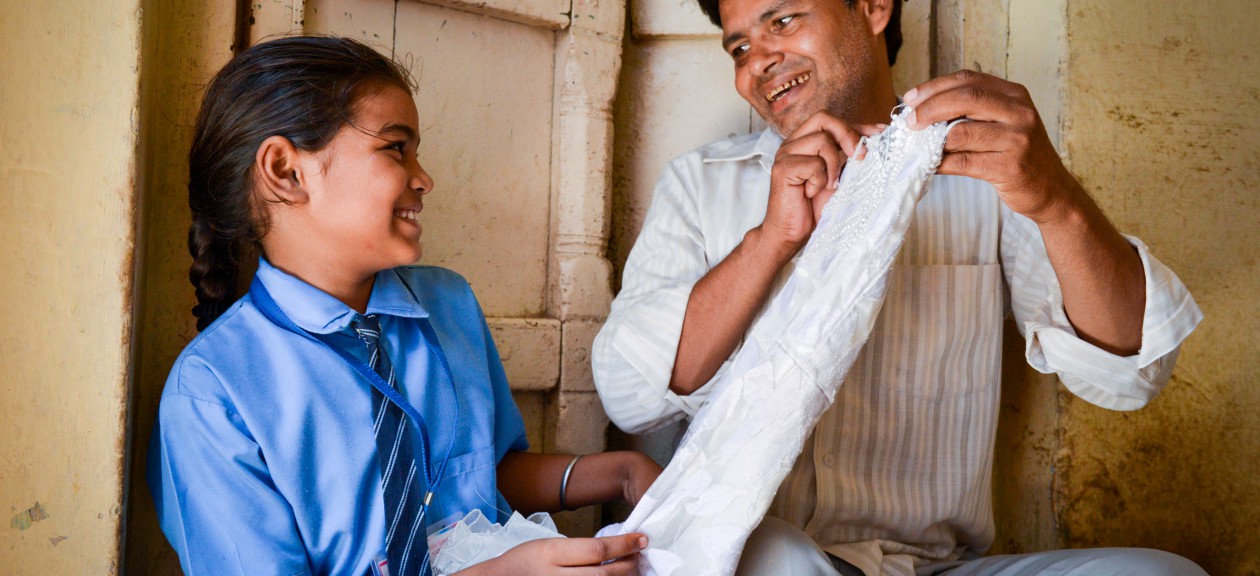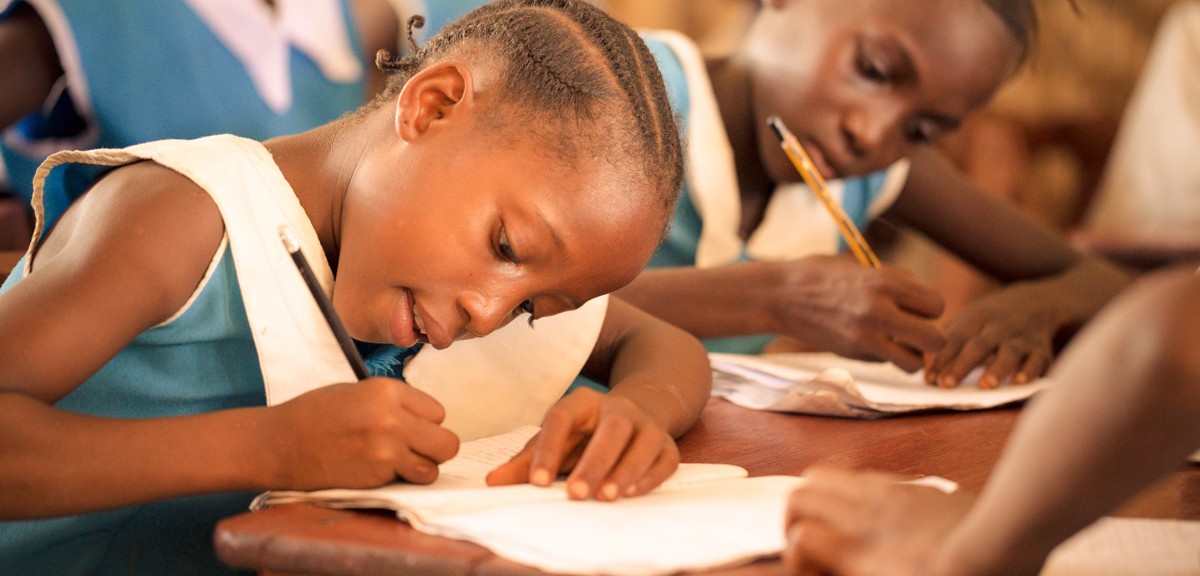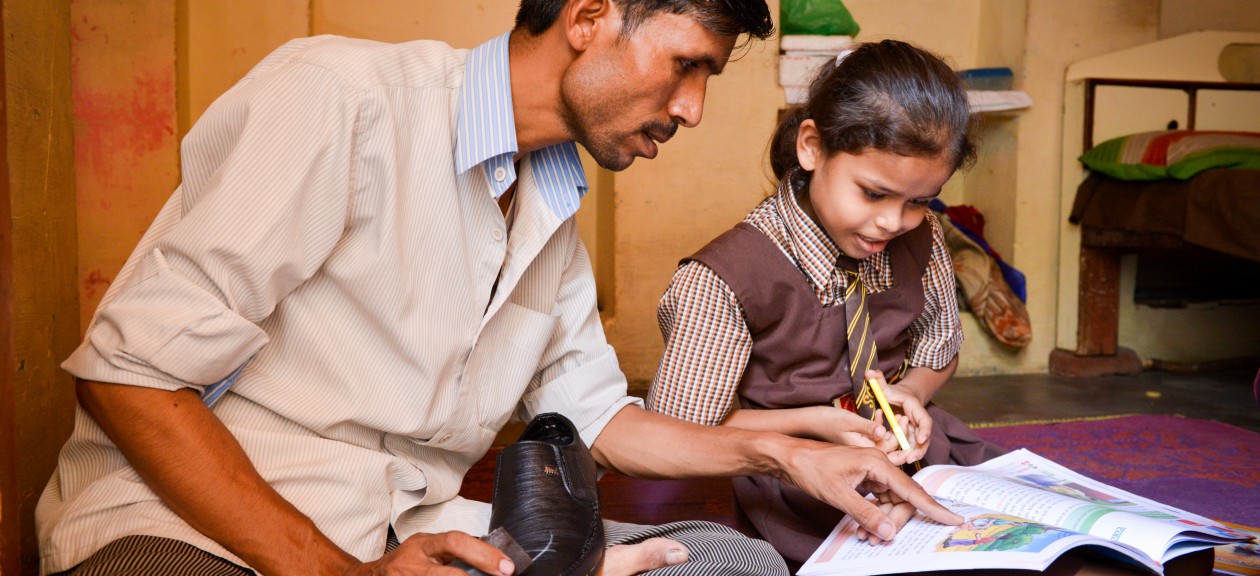Gender Based Violence is a global phenomenon. Many countries have a high level of acceptance of violence against women and girls. One of the main factors reinforcing the prevalence of GBV is patriarchy, which gives men power over women. Therefore it is of critical importance that men and boys are engaged to end the cycle of GBV. In January 2011 we held a Gender Based Violence Learning Day. This Learning Brief contains information shared in relation to engaging men and boys to address GBV.
Why does it mean, to be ‘a man’?
There is no ‘Universal Man’. Masculinities and behaviours differ across countries, cultures and contexts. Gender is associated with power, and being a man confers power and often a higher status in society or better income. Power can also mean that one gender assumes a lesser role than the other. Masculinity can mean behaving in a particular way because of assumptions as to how ‘real men’ act, and a rejection of alternative masculinities (eg homosexuality). Not all masculinities are equal, and men with lower incomes often see themselves as having less power. Different social, economic and cultural interpretations of masculinity and rigid gender norms that link masculinity with power over women continue to be a significant factor in leading men to engage in gender based violence.
What factors did IMAGES identify as contributing to GBV?
The International Men and Gender Equality Survey (IMAGES) was conducted by the International Centre for Research on Women (ICRW) and Instituto Promundo, and distributed internationally in 2010 to more than 8,000 men and 3,500 women aged between 18-59. In relation to GBV, it identified a number of contributory factors:
- Childhood Experience of Violence: The link between witnessing and experiencing violence and using it with partners is significant. IMAGES found that the incidence of men who perpetrated Intimate Partner Violence (IPV) was 19-32% higher among those who had witnessed their father beat their mother in childhood.
- Economic and Work Stress: The role of men as providers is a universal norm and work is core to an understanding of Unemployment, low income or lack of status in the workplace can fuel low self-esteem and a sense of failure as a provider. Feelings of inadequacy can lead men and boys to turn to substance abuse, migration, depression and dangerous sexual behaviours. GBV can become a demonstration or reassertion of male power in order to re-establish status.
- Masculinities and Conflict: When societies are in conflict, women become far more vulnerable to GBV. Armed groups prey on men and boys to get involved in violence, especially those unable to fulfill their socially prescribed role of When conflict is over, men can find it difficult to unlearn these violent behaviours.
- Attitudes to Gender Equality: This hugely affects the acceptability of GBV. IMAGES found that men with higher educational attainment and married men had more equitable attitudes, and unmarried men the least. To achieve equality, the gender norms that both men and women learn and internalise must change.
- Alcohol abuse: IMAGES found that men’s alcohol abuse is much higher than that of women. Men with more gender inequitable attitudes are more likely to abuse alcohol. Alcohol is a significant factor contributing to increased levels of GBV.
What lessons can we learn from anti-GBV practitioners?
- Women have not achieved equality in any country. It is vital not to lose sight of women’s inequality, even in programmes designed to engage men and boys.
- Focus on human rights as an entry point to discussing GBV. One-third of women experience physical violence from a partner during their lifetime. This suggests that though the vast majority of men are not violent, the majority are silent.
- Engage with men on the basis of their own relationships with women.
- Work with men to help them develop alternative male identities.
- Engage with men about their emotional response towards GBV.
- Include men in the development of programmes and approaches.
- Promote education: educated men are more likely to have gender equitable attitudes. Girls with secondary education are less vulnerable to sexual violence.
- Work with a community to create sanctions for perpetrators of GBV.
- Forge links between local programmes and policy level.
Gender roles that limit women are being constantly reinforced. It is vital to engage men in a positive way in order to change this.
GBV is a complex issue. Programmes to combat it must move beyond simplistic images of men beating women and into a more nuanced, supported arena.


